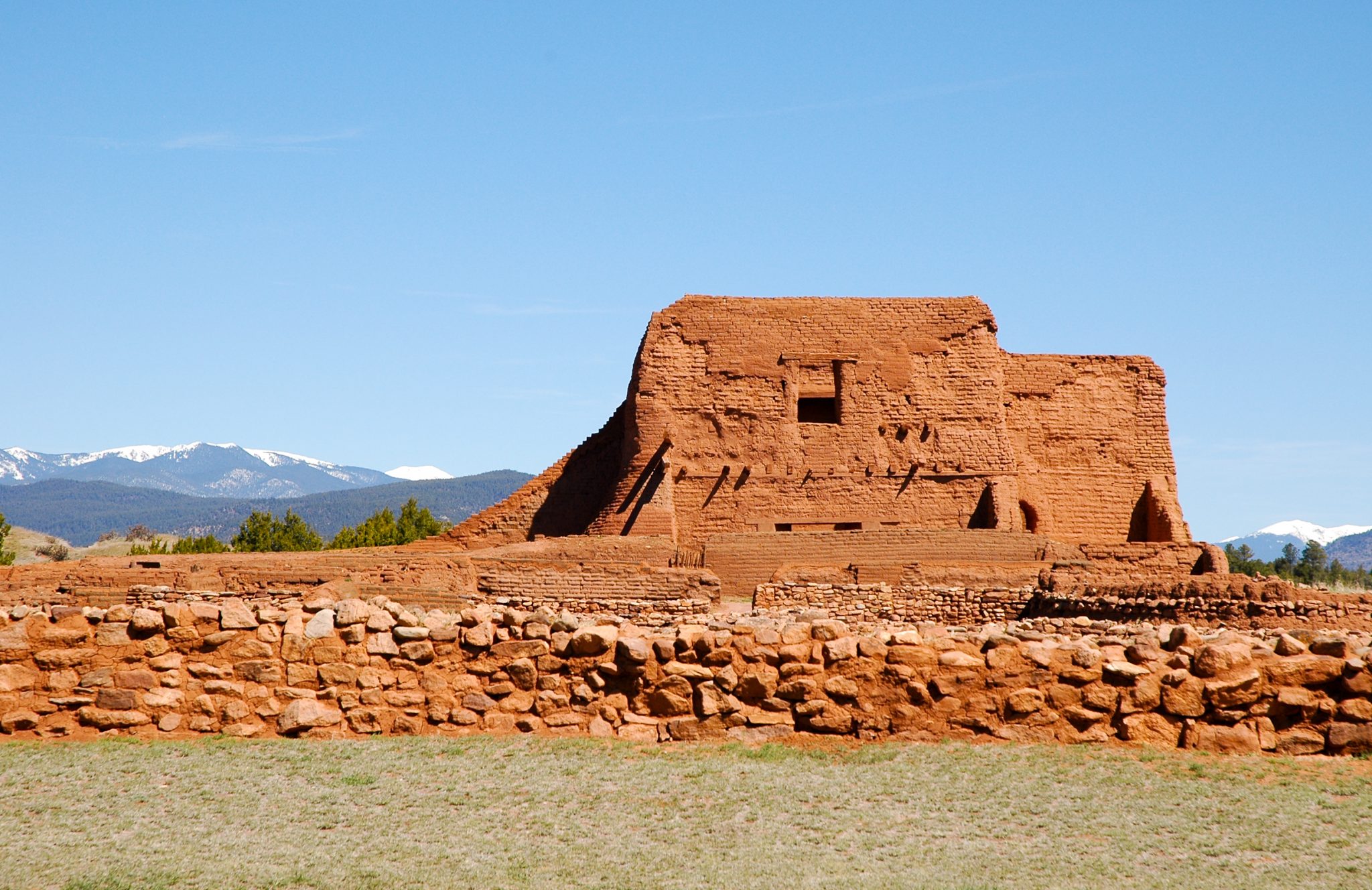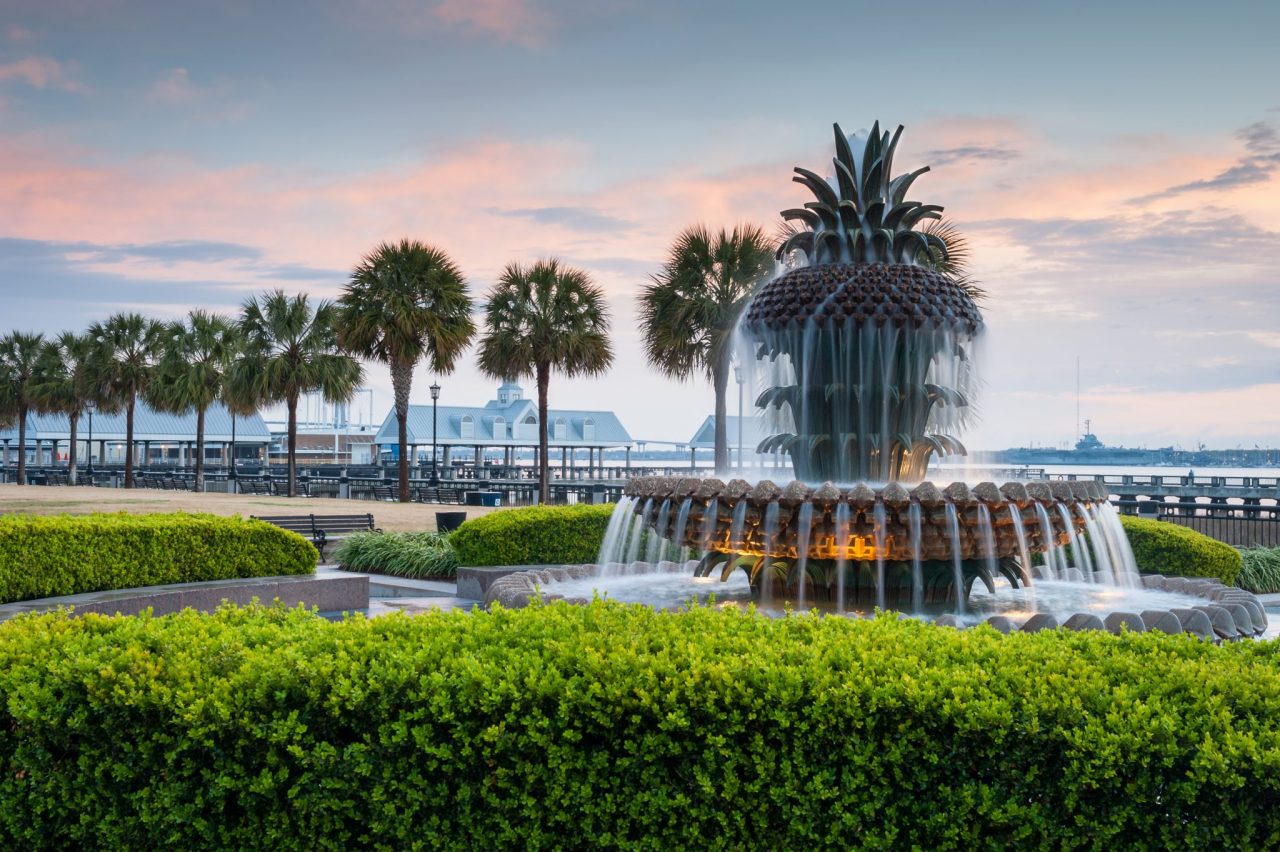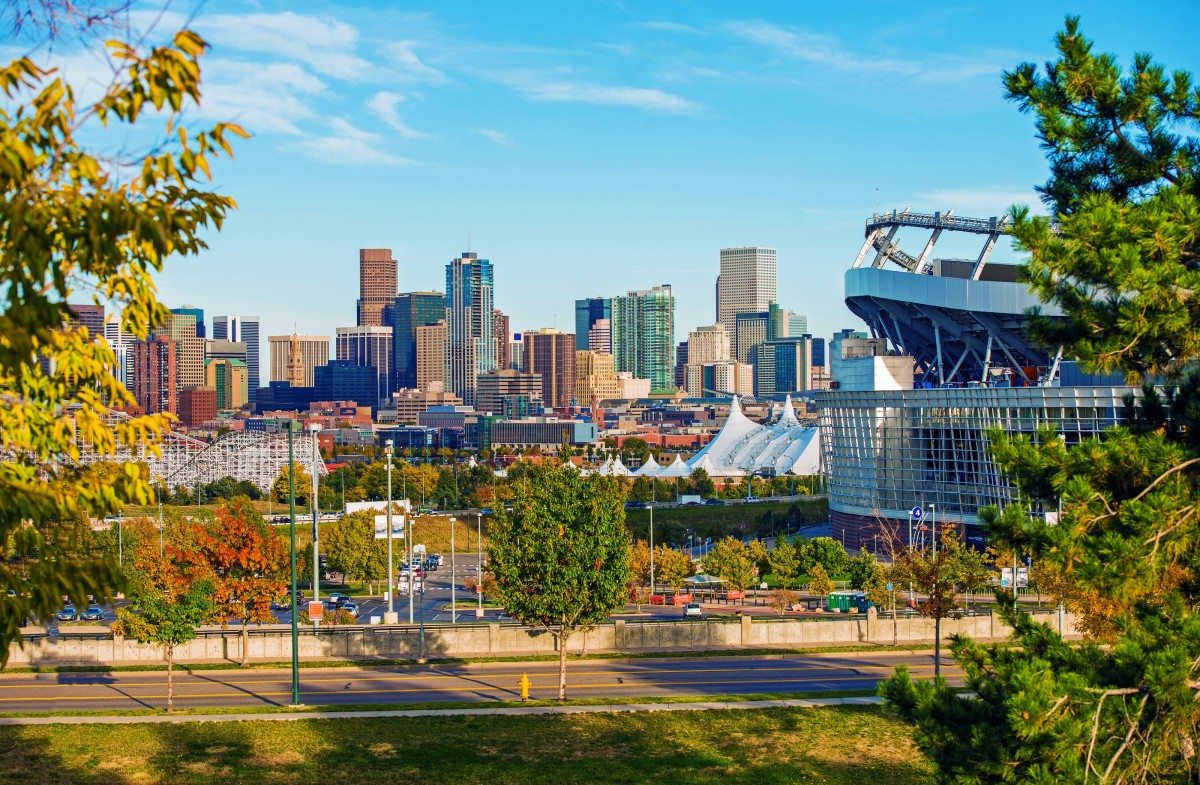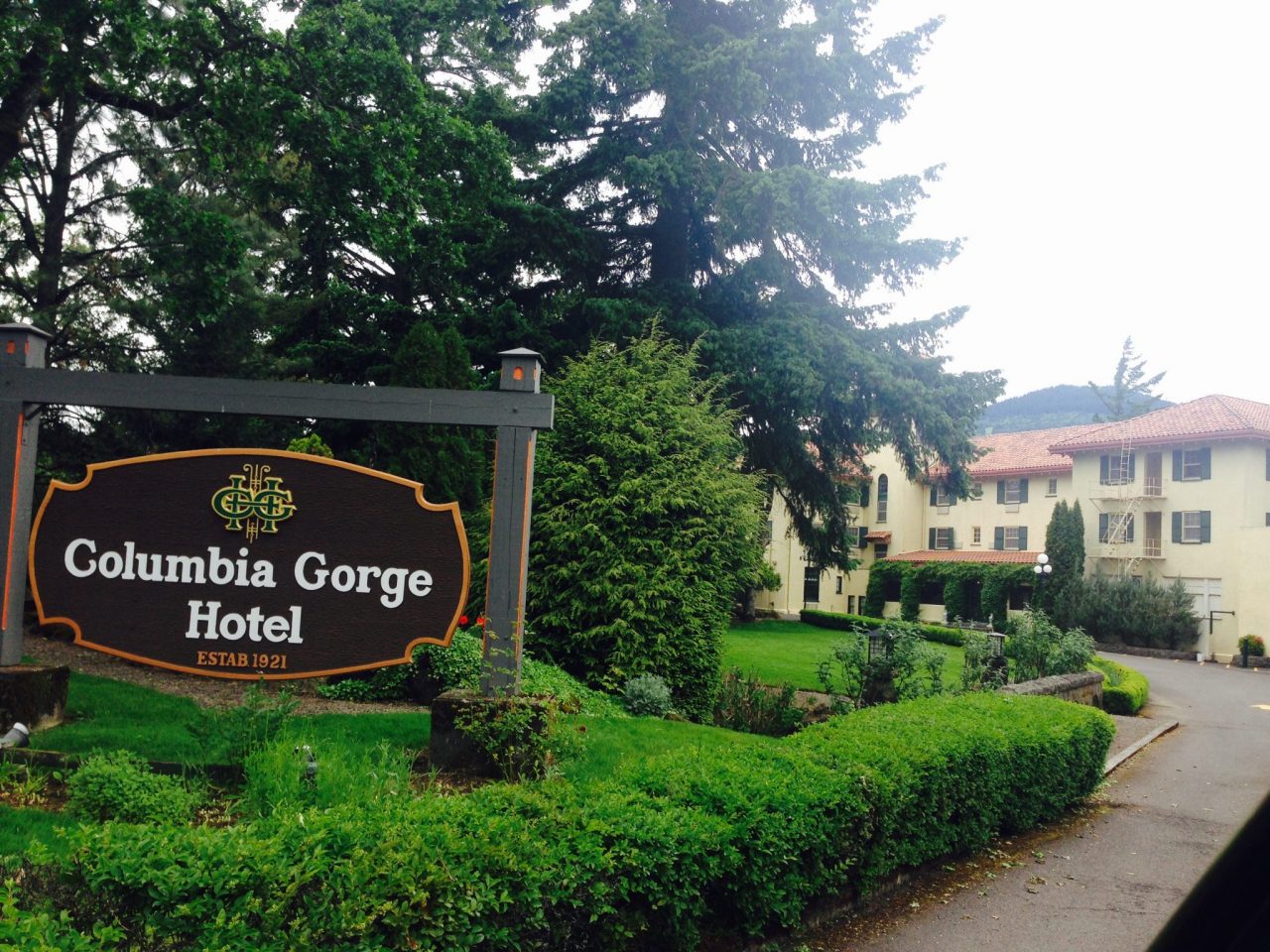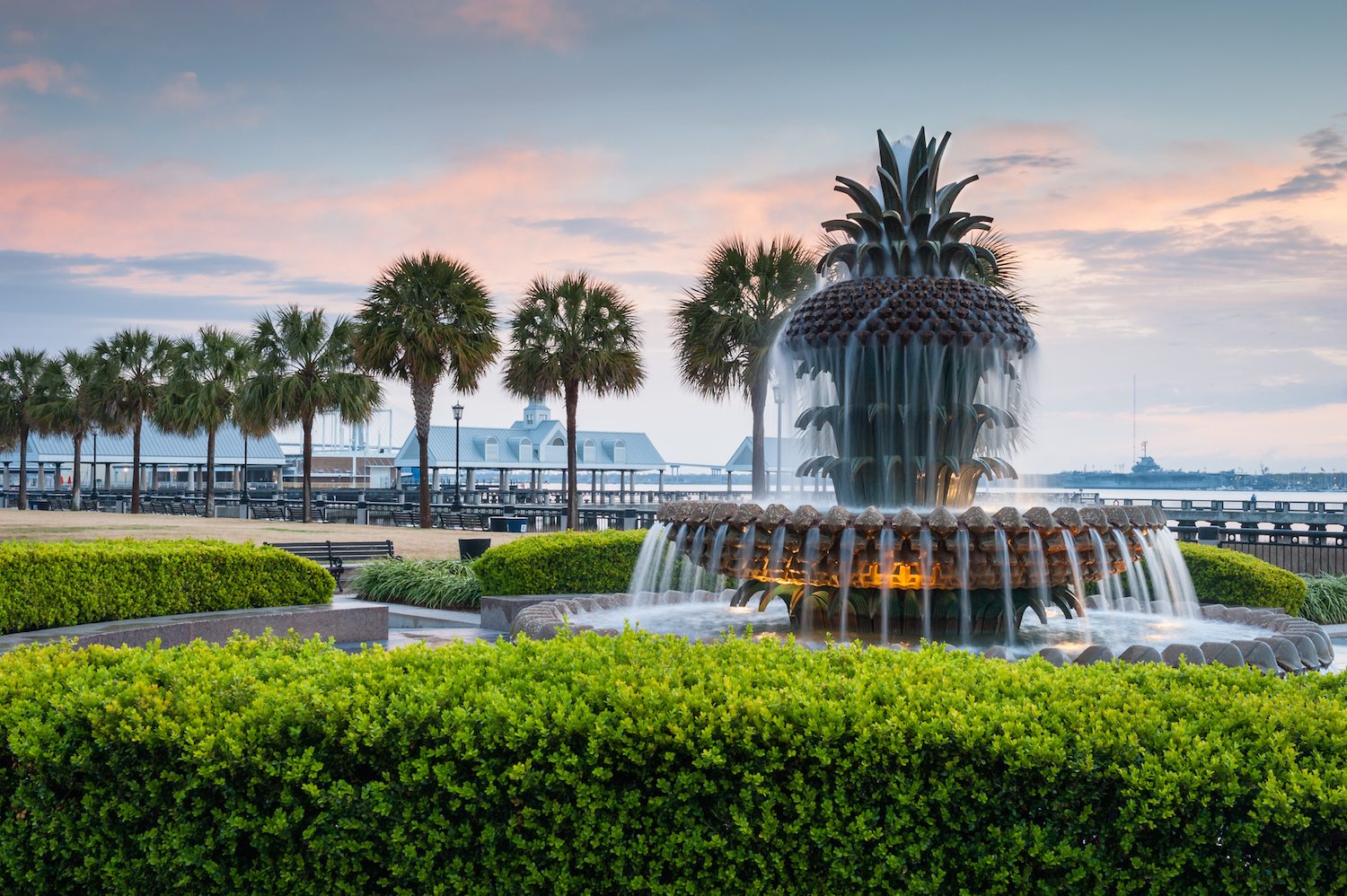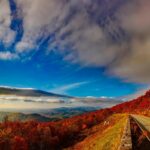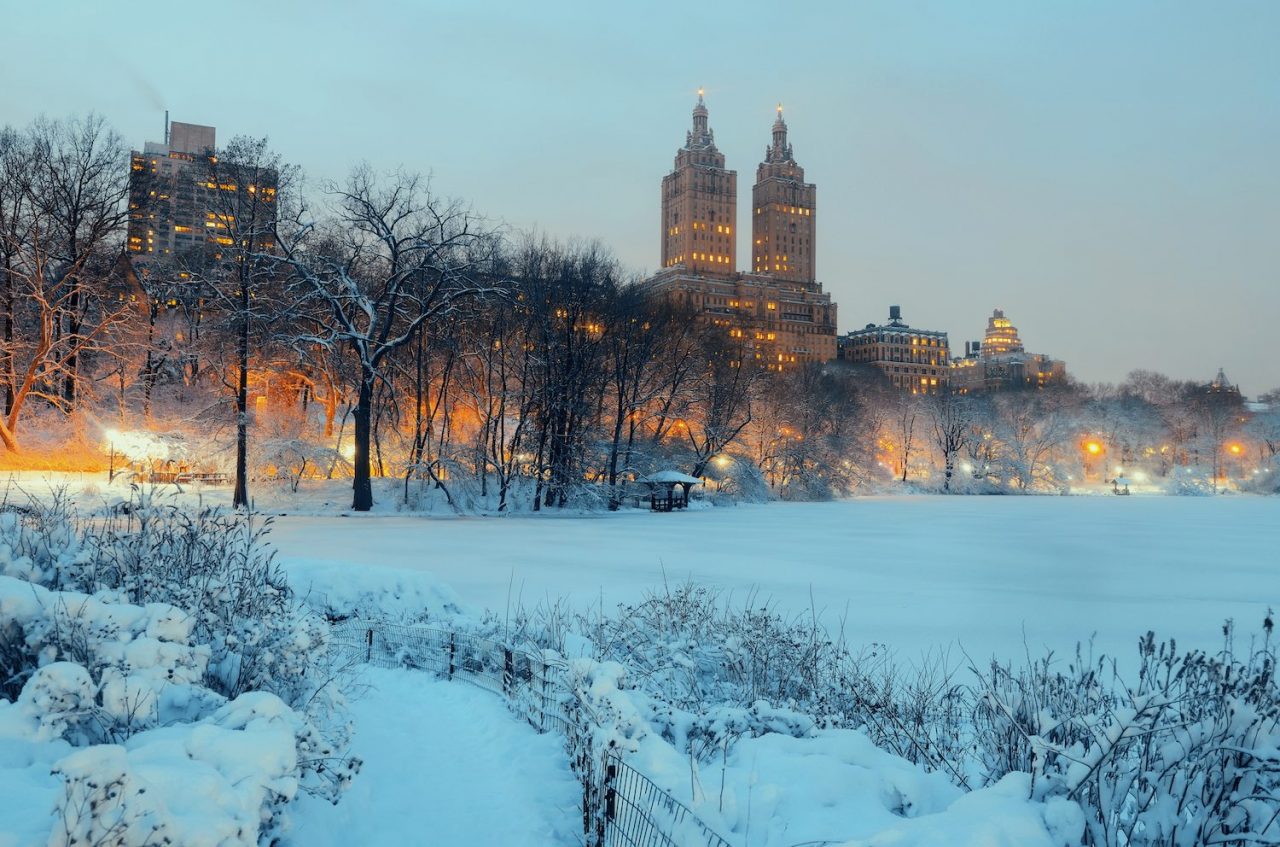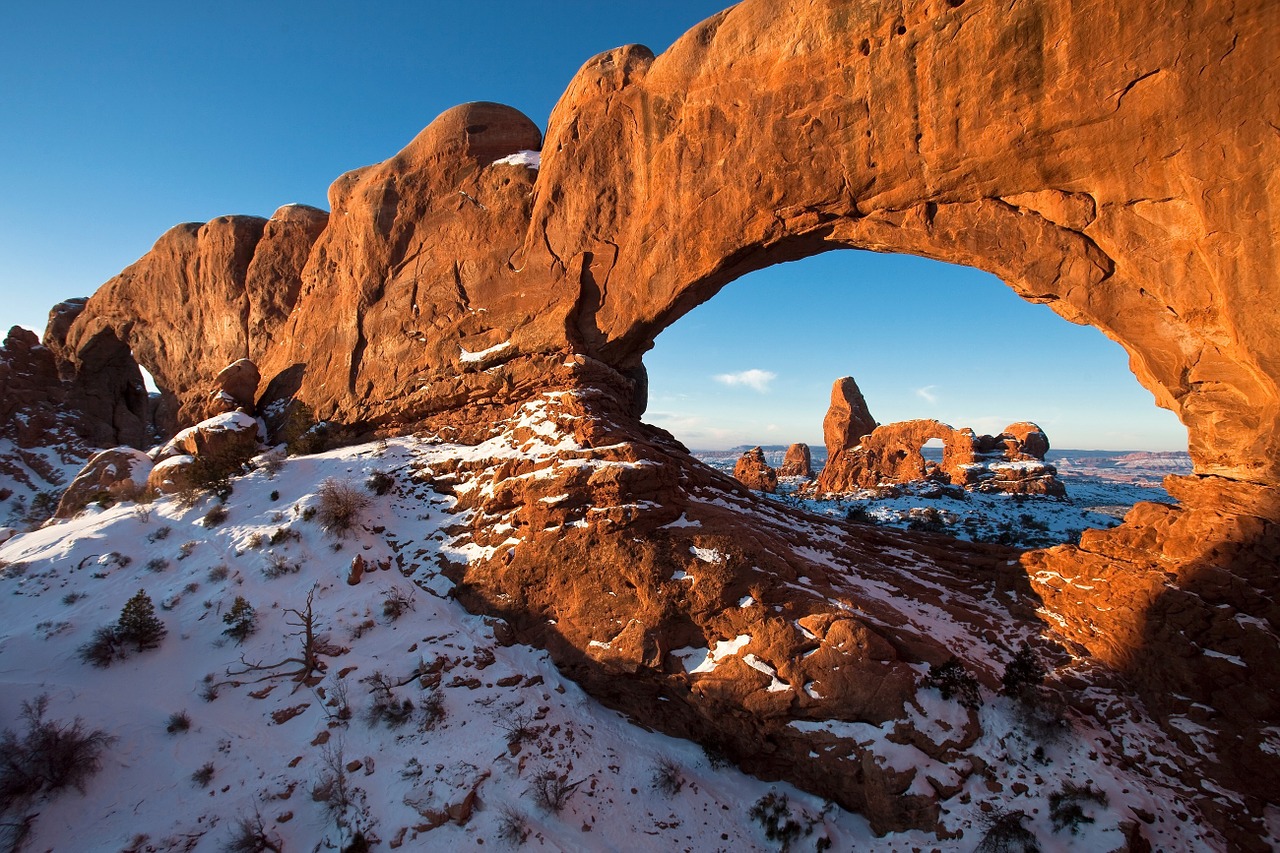Capture the spirit of the wild west! Follow the route of the Old Santa Fe Trail from Kansas to New Mexico.

William Becknell opened the trail, with an epic trek from Missouri to Santa Fe in September-November of 1821. In Sante Fe, he sold everything he had for a tidy profit. The lure of future fortune inspired traders and settlers to follow his lead. The Trail was active for the next fifty years until the railroad arrived. The Trail crossed the homelands of the Kansa (hence the name Kansas), Shawnee, Pawnee, Osage, Cheyenne, Arapaho, Comanche, and Kiowa, into the lands of the Pueblo peoples in what would one day be called New Mexico.
DAY 1: Independence, Missouri to Abilene, Kansas
Independence, Missouri is your jumping off point, just as it was for those on the Trail. The National Frontier Trails Museum features indoor/outdoor exhibits about the Sante Fe trail including travelers’ diaries, and a covered wagon ride. Independence is also Harry S. Truman country, so you may wish to visit the Truman related sites. If you are in need of breakfast or lunch, we recommend First Watch. Then, go ahead and jump.
West of Independence, the Trail follows US 56 through Baldwin City, Kansas, once the Palmyra Trail Stop. Baker University is here, begun in 1857. The road between Baldwin City and Osage is mostly straight and flat. Halfway in this stretch you will think you are passing the Gale Family Farm (as in the “Wizard of Oz”) off to your left. The Kansas prairie looks as it did to those early travelers on the Trail. Overbrook and Scranton did not exist till after the coming of the railroad in 1888.
Burlingame was founded in 1855 as Council City and grew with the Trial. Brick-paved Santa Fe Avenue is wide enough for an oxen team to make a U-turn. How many did just that, and turned back to “civilization” rather than continuing the hazardous trek? For a side trip, go four miles west on K-31 – which was part of the Trail. On the south side of the road, you are the stone ruins of the old Havana Stage Station, in a small grove of trees. It is on private land, so observe from the highway only.

Council Grove is where the Osage nation and European Americans reached an agreement permitting wagons to pass through the Flint Hills area safely. Get the free brochure for self-guided tours at the visitor’s center; there are more than twenty historic sites to visit, from the Kaw Indian Mission to the Last Chance Home, a trading post for filling the Conestoga wagon with essentials. The Madonna of the Trail statue here honors the mothers who crossed the prairies. The Hays House (1857) is the oldest continuously operating restaurant west of the Mississippi. The hearty fare includes fried chicken, steak, brisket sandwich, and peach or fresh strawberry pie. Another dining recommendation is Trail Days Restaurant and Museum in the 1861 stone Terwilliger Home; have the bison roast with sweet potatoes and Indian bread, or a trail staple, ham and beans, and save room for chocolate cake. Or see Marsha at the Saddlerock Café, for homemade breads, locally grown vegetables and chicken fried steak.
The Trail continued west through Diamond Springs. We recommend a swing up to Abilene, Kansas for your first night’s stay. There, tour such great attractions as the Eisenhower library and museum and the Seeley Mansion. Or, take a ride on the Abilene and Smokey Valley Railroad. Continuing your trek, you will rejoin the Trail at Great Bend, Kansas.
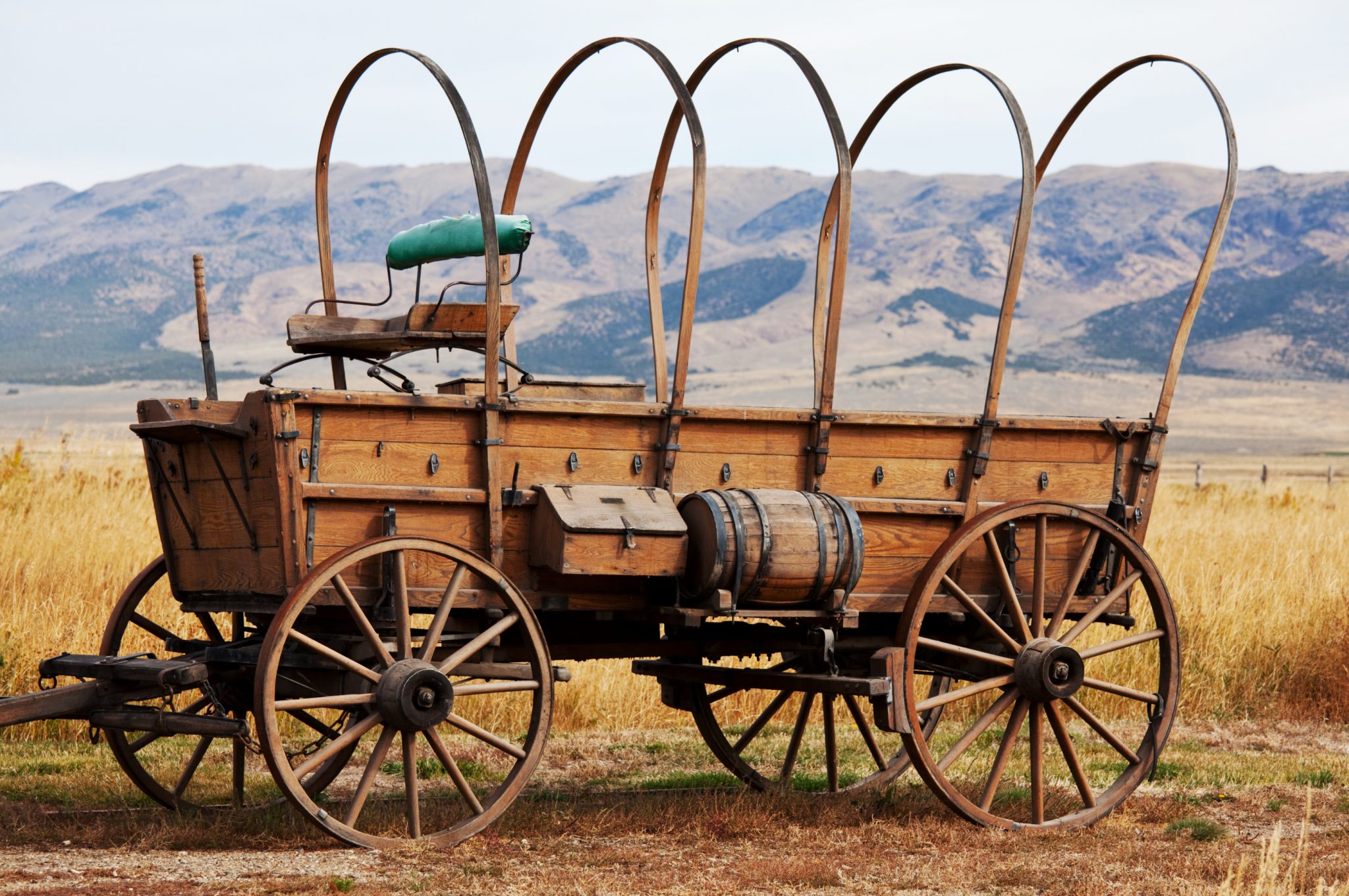
DAY 2: Abilene, Kansas to Dodge City, Kansas
In Great Bend which did not exist in Trail days, Johnson’s Smokehouse BBQ gets high marks as a roadhouse situated right on the Santa Fe Trail. Halfway between Great Bend and Larned is Pawnee Rock State Historic Site. You can see it on the right as you approach the town. It’s half as tall today than in Trail times, the rock was quarried by the railroad. Here, the Kiowa, Comanche, Cheyenne and Arapaho held councils of peace or war. Pawnee Rock was the Trail’s halfway mark between Independence and Santa Fe.
At Larned tour The Santa Fe Trail Center’s one-room school, church, sod house, vintage depot—authentic restored buildings from the area. Spend several hours, the many exhibits are appropriate for all ages. Fort Larned National Historic Site, six miles west on KS Hwy 156 is a restored authentic Trail fort. Docents dressed as soldiers and settlers reenact life from the Trail days. Fort Larned was an army post from in the 1860s-1870s; the sandstone buildings were home to “The Guardians of the Santa Fe Trail”. A local favorite eatery is El Dos De Oros, with specialties like molcajetes (shrimp, chorizo, steak, chicken, and vegetables topped with cheese in a lava bowl).
Dodge City – “Queen of the Cow Towns” is famous and infamous; see the Boot Hill Museum, with a reconstructed streetscape including The Long Branch Saloon, evoking memories of Bat Masterson and Wyat Erp. The cowtown era came after the Trail times, with the arrival of the railroad. Visit Fort Dodge, five miles East of Dodge City, on Hwy 400. Built in 1865; in service for 17 years. Since 1890, Fort Dodge served as the Kansas State Soldiers Home.
This area was known as the Great Buffalo Range; pioneer journals record that buffalo were visible as well as many prairie dog villages, throughout each day. Nine miles west of Dodge City, pull off and walk the concrete path onto the prairie so you can view Santa Fe Trail Tracks. These are the most clearly defined broad “swales” or ruts along the Trail still visible. Look westward, you can see the ridges and dips in the field, these are the swales. It is free and there is plenty of parking. In the distance what appeared to be hills are the sides of the Soule Canal, a massive attempt to provide irrigation to this drought-prone area. See the tracks in this inspiring video:
[iframe src=”http://www.youtube.com/embed/8J467FJ5M6U” width=”560″ height=”315″]
Lodging suggestions in Dodge City include the Holiday Inn Express and La Quinta. For meals, try Casa Alvarez, Tres Amigos Grill, or the Central Station Club and Grill.
Those who can take a bit more time will want to detour to spectacular Rock Monuments National Natural Landmark – also known as The Chalk Pyramids, a series of large chalk formations outside of the town of Lewis, Kansas. This awe-inspiring yet little-known collection of arches and pillars is a picturesque feature emerging from the flat surrounding landscape. You can literarily drive up to the formations and take Stonehenge-like photos of their majesty.
DAY 3: Dodge City, Kansas to Pueblo, Colorado

Dodge City is near the places where the Trail forked into two options. The Mountain Route (now Route 50) was longer, offered more water, and was less prone to attacks. This wet route went about 230 miles through Bents Fort, La Junta, Colorado and along the Arkansas River and then turned south over Raton Pass and down into Santa Fe. The Jornada Route or Cimaron Route was the Dry Route, (now Route 56). It saved ten days of travel, but cut across the Cimarron Desert; it was also more prone to attacks. For travel purposes, we recommend Route 50, the Mountain Route, from here to Pueblo. In Trail days, there were no settlements in Kansas west of Dodge City; all of the towns from Garden City to the Colorado line came later. The Trail followed the Arkansas River; from here to the Colorado line, it now runs mostly dry, because of irrigation. The water that gets through hits a fault line just beyond Syracuse, near Kendall, where it goes underground.
Lamar, Colorado, came into being after the days of the Trail. Get off the beaten path and take 194, the Old Trail Road, from Las Animas to La Junta, to visit Bent’s Old Fort National Historic Site. It features a reconstructed 1840s adobe fur trading post where traders, trappers, travelers, and the Cheyenne and Arapaho tribes came together in peaceful terms for trade.
La Junta is the site of the Arkansas River crossing, among several crossings in the area. Koshare Indian Museum on the Otero Junior College campus was built by a Boy Scout troop in 1949. It is a registered state historic site of the Colorado Historical Society, housing a collection of Native American art. Even if you are not able to plan your visit to see a performance by the Koshare Dancers it is well worth stopping here.
Trail Purists may choosse to take Hyw 350 toward Trinidad, which was the Old Trail Route. But we recommend continuing into Pueblo, one of the nicest cities in the nation, with its a beautiful riverwalk. There are many lodging options in Pueblo, among them La Quinta Inn and Suites, Microtel Inn and Suites, and Hampton Inn and Suites Southgate. Pueblo is an eating-out town, with great dining choices. Favorite highlights with the locals include: Pass Key for sausage sandwich and onion rings, Do Drop Inn Pizza, Taffy’s for ice cream in an old-fashioned candy store,the Mill Stop for breakfast or burritos, Jorge’s for Tex-Mex, and DC’s on B Street, for creative sandwiches and salads in an eclectic and cozy building across from the vintage train station.
DAY 4: Pueblo, Colorado to Santa Fe, New Mexico

Trinidad began as a Trail trading post and resting place for travelers before their push up over Raton Pass into New Mexico. Trinidad’s history includes Bat Masterson, who was a marshal for a time in the 1880s. Wyatt Earp drove the stage between Trinidad and Box Springs. Kit Carson also frequented the area. See the Baca house and the Bloom Mansion at the Trinidad History Museum. Bella Luna, The Café and Tequila’s Family Mexican Restaurant are good dining choices. Not far away is Picket Wire Canyonlands, with some of the best dinosaur footprints in the nation. In Starkville, Harveys is a top rated restaurant.
Raton Pass is the tallest natural barriers to westward travel on the Santa Fe Trail. Rising to a height of 7,835 feet, the pass is where wagon trains went over the Sangre de Cristo Mountains. Old Raton Pass Road is in private hands; so drive I-25, which offers lovely views. Wagon Mound Butte, named for its shape, served a landmark for covered wagon trains and traders going up and down the Santa Fe Trail. You can visit Wagon Mound National Historic Landmark there.
At Watrous – formerly called La Junta, at the confluence of the Mora and Sapello Rivers, the Mountain and Cimarron Route routes of the Santa Fe Trail reconnected. Wagon trains organized here before continuing onward. Historic Fort Union National Monument, founded in 1851, was the largest 19th-century fort in the west with more than 3000 residents during its peak years. Take exit 366 at Watrous, go eight miles on NM Hwy 161. See the adobe remains of the fort buildings on a leisurely mile and a quarter self-guided hike. The views here are wonderful. Along 92 just a few miles to the northeast, fine Trail wagon ruts can be seen are on both sides of the road.
Las Vegas is where Trail blazer William Becknell and his caravan met up with the welcome sight of the New Mexico Militia in 1821, after their long trek from Missouri. The town began in 1835 along the Gallinas River, built in a traditional Spanish Colonial style, with a central plaza whose surrounding buildings could be defended like a fort, if necessary. When the railroad came to Las Vegas, so did most of the outlaws and vices of the west; this was a town that made Dodge City and Tombstone look prim and proper by comparison. Some of the fine old Trail era buildings remain today, including the Desmarais House (Our Lady of Sorrows Parish Hall), The Dice Apartments, Wesche-Dold Building. Trail days Las Vegas was home to many colorful scenes, from Doc Holiday’s Saloon to the Fung Kee Laundry. Include The City of Las Vegas Museum and Rough Rider Memorial Collection on your itinerary. Dining options in Las Vegas include World Treasures Travelers Café on the east side of the Plaza (there is no sign, look for flyers in the window), Dicks Deli and Pub for salads, Steak fajitas and cheese enchiladas with steak strips, and The El Fidel Hotel.

North of Pecos is the Pecos National Historic Site an overlooked park that is worth a visit. The ruins of the Franciscan chapel and reconstructed kiva that you can climb down into are impressive against the backdrop of the Sangre de Cristo Mountains. The combination of colonial-era church and pueblo ruins is beautiful and evocative, part of the unfolding drama of all who have traveled through the Pecos Valley for thousands of years.
Santa Fe’s beautiful and historic Plaza is the end of the Old Santa Fe Trail. Nearby, in Amelia White Park, wagon ruts can still be found. Visit the Plaza, Palace of the Governors and surrounding museums. Take in a performance at the stunning Santa Fe Opera house, and enjoy the charming exhibits at the Museum of International Folk Art. Savor the southwestern Romanesque architecture of St Francis Cathedral. Also visit the San Miguel Mission, begun in 1610. Dine at Jambo Café, Palacio Café or for an end of the Trail splurge, Geronimo; stay at The Lodge at Santa Fe, the inn and spa at Loreto, or Ft Marcy Hotel Suites.
After the 1870s, the Santa Fe Trail ceased to be the leading westward travel route; yet it continues to be a romantic place in the imagination of Americans. The Trail will share many of its secrets with you gladly; as you #DriveTheNation.

